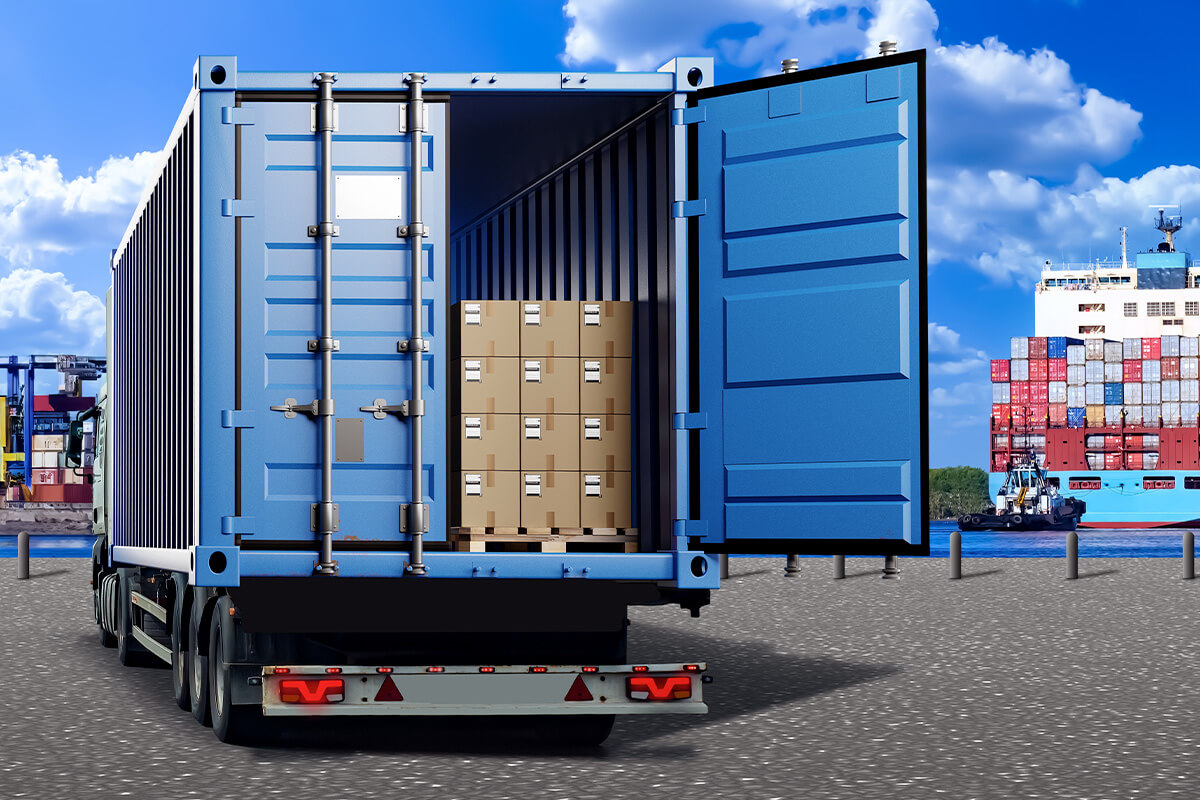
Unloading shipping containers efficiently and safely is a critical component of any supply chain. Whether you’re managing a warehouse, staffing logistics roles, or directly handling freight, having a clear and consistent unloading procedure reduces risk, prevents damage, and boosts productivity. At Labor Loop, we connect businesses with talented labor for tasks, and we understand that the right approach to container unloading is a key part of getting the job done right.
In this guide, we’ll walk through best practices and standard operating procedures (SOPs) for unloading shipping containers, based on industry standards and real-world expertise.
Before anyone even steps into a container, it’s crucial to ensure the area is safe.
Efficiency starts with a solid plan. A well-thought-out plan minimizes unnecessary movement, reduces the risk of injury, and helps maintain the integrity of your inventory.
Now that everything is prepped, it’s time to begin unloading shipping containers:
Once the container is empty:
Having a consistent SOP for unloading shipping containers ensures your team stays safe, your inventory remains intact, and your operations stay on schedule. At Labor Loop, we understand the demands of logistics work, and we’re proud to provide motivated laborers who know how to follow these procedures to the letter.
Need help with unloading tasks? Download the Labor Loop App to find reliable workers who are ready to move when you are.
